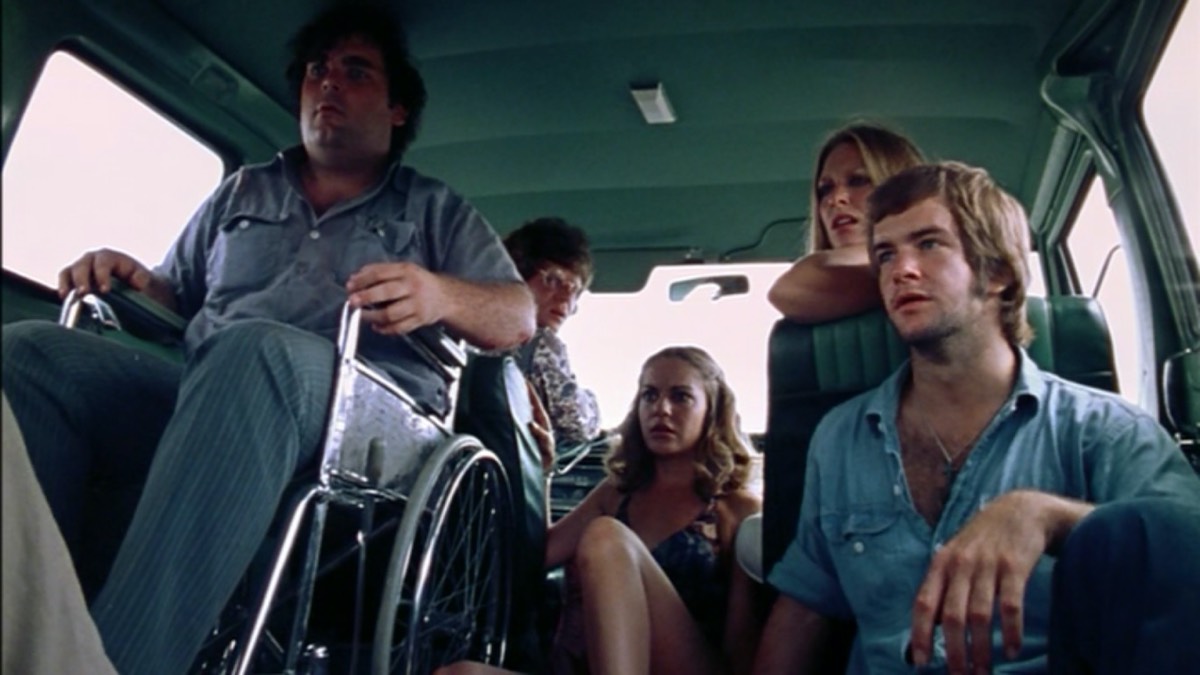
Siblings Sally and Franklin come to a remote part of Texas to make sure their relatives remains haven’t been dug up from a local cemetery in a bizarre, gruesome local crime. But Franklin’s curiosity takes them to the slaughterhouse their grandfather used to own. They are warned not to go there, but in time-honoured tradition, they go anyway. That transgression sets the film in motion.
This is a film about meat. The young people are slaughtered like cattle in a world where meat is life and livelihood. Bones are plentiful in the rural setting, made into art works, mashed together into new creatures. There is beauty and horror in the lives of these people, who are like bacteria, or maggots, stripping life to the bone because it’s all they have. It’s a type of hell.
The film makes meat-eating seem like a transgression, a breaking of natural laws, with the characters hung on hooks, frozen, and butchered like animals. The film seems to say that it is none of our business what people do in their own homes, and if we are too nosy, it’s at our own risk. And all sentient life should be treated with respect. It’s a pro-vegetarianism film.
So many horror tropes seem to constellate here. Young people are picked off one by one. A killer has a phallic, mechanical weapon. Rural communities are dangerous to outsiders who don’t respect the old ways. There is a final girl.
But the thing that struck me most was the beautiful, dread-filled cinematography, the art design, and the overarching intelligence of the script and direction. Almost forty-five years after its release, when of course it was vilified and banned, it’s now clear it’s a masterpiece.